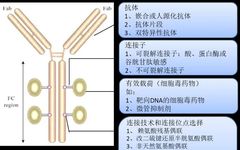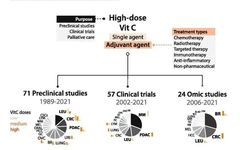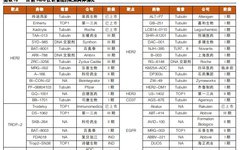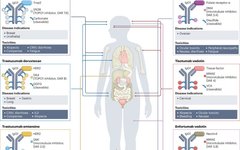DAC, ISAC, and Dual Payload ADC: Who Will Lead the Next Generation of ADC Technology Innovation?
If a few years ago, presenting a simple PowerPoint on the ADC field could impress without the need for future visions, cutting-edge technologies, or a vibrant pipeline forest, today, the ADC field requires substantial content to make an impact. This shift is attributed to advancements in industry technology and rising awareness. Data shows that from … Read more









